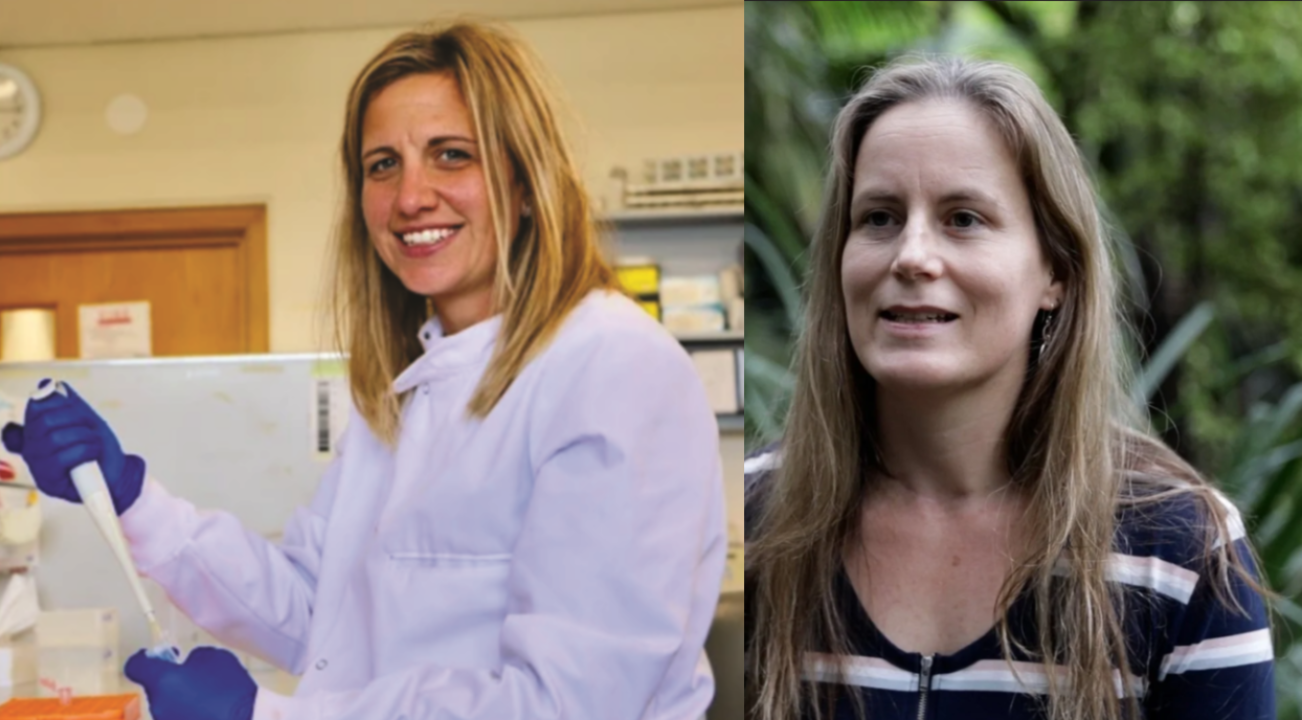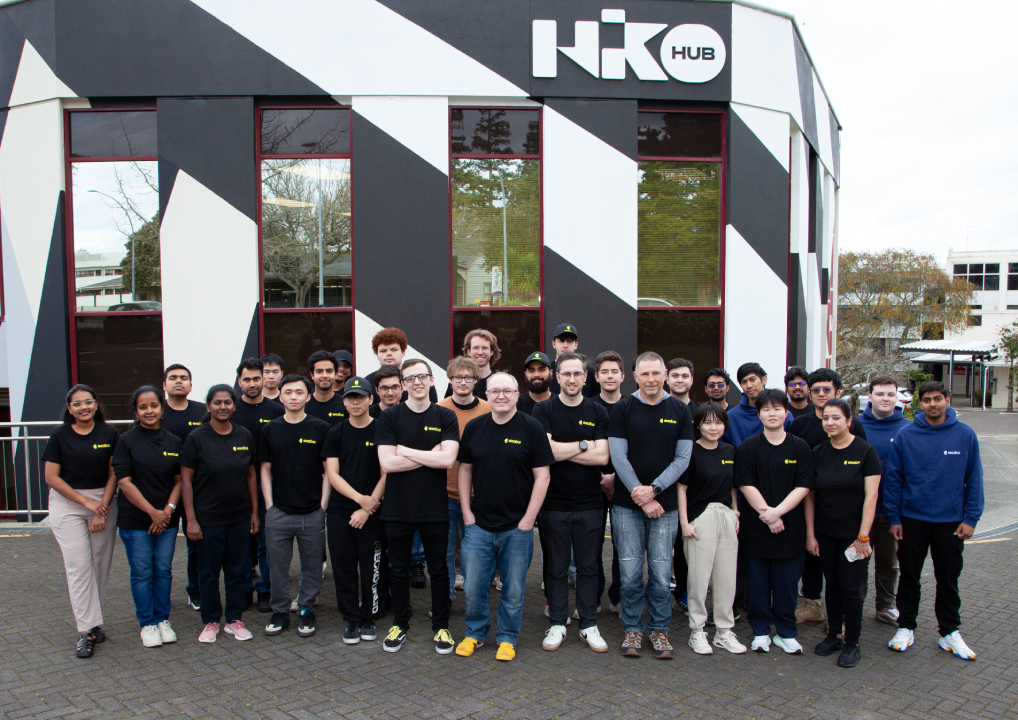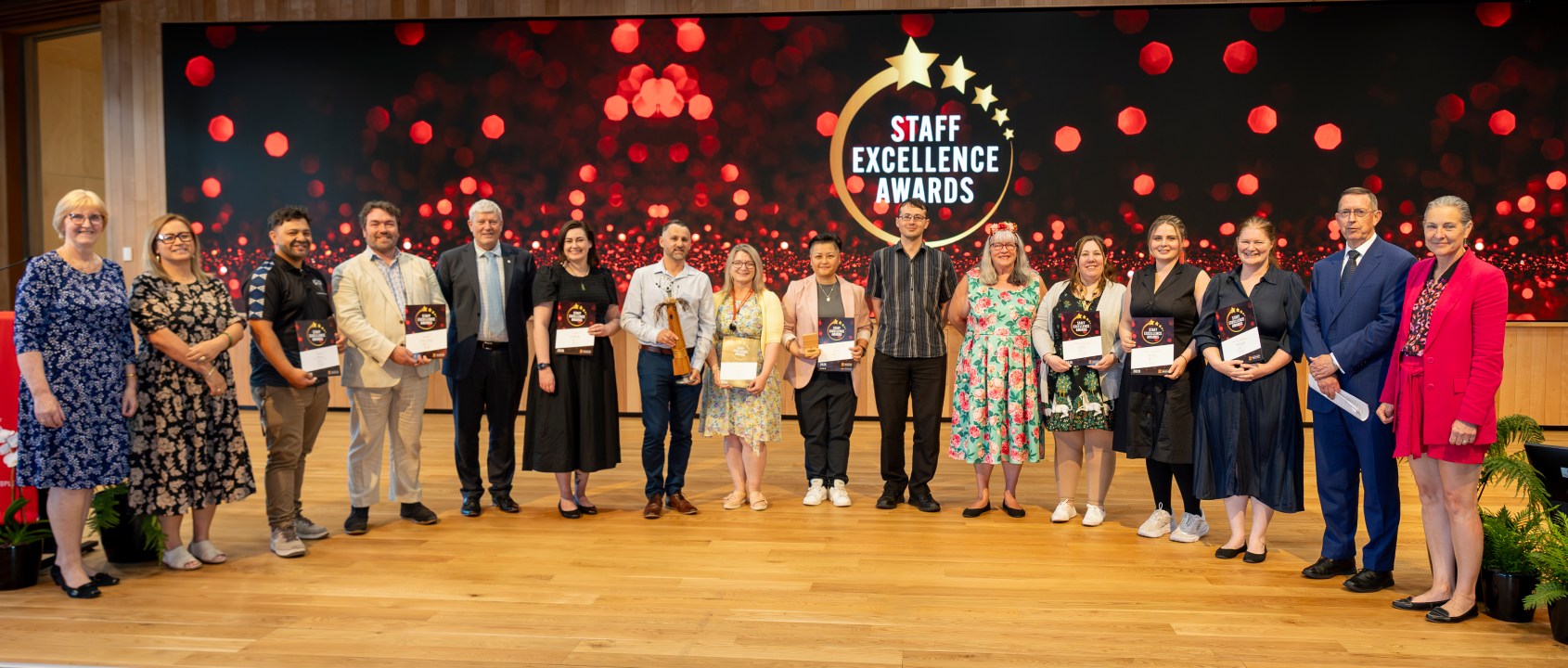With a strong background in accountancy, Bella has gravitated towards full-time governance roles in recent years on iwi and corporate organisations which have enabled her to use her voice to empower her communities.
Using her voice to empower communities
Bella Takiari-Brame is passionate about her culture, community and creating solutions that make a difference for the vulnerable.
05 Jul 2021
 This is something she started at the age of 18, after taking on her first role as the Treasurer of the Māori Land Corporation.
This is something she started at the age of 18, after taking on her first role as the Treasurer of the Māori Land Corporation.
“I’ve always loved the governance space but knew that it was vital to explore the theories of academia, get the operational experience and embed my feet in the real world before taking it on in a professional capacity,” says Bella.
The former Piopio College student says she was empowered by her secondary school teachers and kuia to embrace both Te Ao Māori and the academic world, so taking the next step into higher education was a no-brainer.
As the first person in her family to attend the University of Waikato, Bella moved into Bryant Hall for her first year of studies and was among the second intake of the Kaupapa Māori floor. Bella says her Halls of Residence experience is a treasured memory. “We were a close-knit floor, full of like-minded people which made the transition to University much easier.”
She started her first year with the intention of studying a Bachelor of Social Sciences, however, after meeting mentors Parehau Richards and the late Kelvin Mataira, she changed tack to include the Māori Resource Management Programme into her studies which allowed her to connect to her whakapapa and introduced her to Te Tiriti o Waitangi.
“The experiences and peers that I met during my time at Waikato are forever connected. The University has a special place in my heart and always will. It offered lots of opportunity for Māori when I first started studying here, and still does,” says Bella.
After graduating with a Master of Management Studies in Accounting, Bella started her career as an auditor and qualified as a Chartered Accountant in Auckland, before moving to London to take up the role of Financial Controller role for petroleum giant, Shell.
Throughout her ten years in London, Bella never lost sight of where she was from, staying connected to Te Ao Māori through the Ngāti Rānana Māori Club. On her return to New Zealand with a young family, she and her husband returned to study at the University of Waikato to complete a total immersion Māori language programme, Te Tohu Paetahi.
“To come home from London and to re-connect to our culture and our whenua through Te Tohu Paetahi was a special way to transition back home,” says Bella.
There are many skills that Bella took from her studies that have held her in good stead throughout her career so far including discipline, the importance of professionalism and effective communication skills. All of which she channelled two years ago as the interim CEO of the Maniapoto Māori Trust Board. Taking on this role just a month before the Covid-19 pandemic hit, meant Bella led the iwi through the challenging year of 2020.
“Despite the uncertainties we faced, being in this position and leading our people with aroha through such a pivotal year was a privilege, and one I’m proud to tell my children and grandchildren about,” says Bella.
Today, Bella holds many governance positions on boards in a range of sectors that allows her to continue to grow and learn, including ACC New Zealand, Te Ohu Kaimoana, Braemar Hospital and Crown Infrastructure Partners, to name a few.
“My journey so far has been one of experience and development, where I am continually learning a lot about myself,” says Bella.
Her advice for anyone looking at getting into governance roles is to get the experience. “If you want to be on the board of a corporate, then get the experience first so you can confidently advise. Listen to your intuition as it will develop over time to the point that you’ll know what to put in your kete and what to throw out.”
![[DO NOT USE] Professor Tom Roa, Photo Credit: Waikato Times](/assets/Uploads/News-and-events/News/2025/Professor-Tom-Roa.webp)


